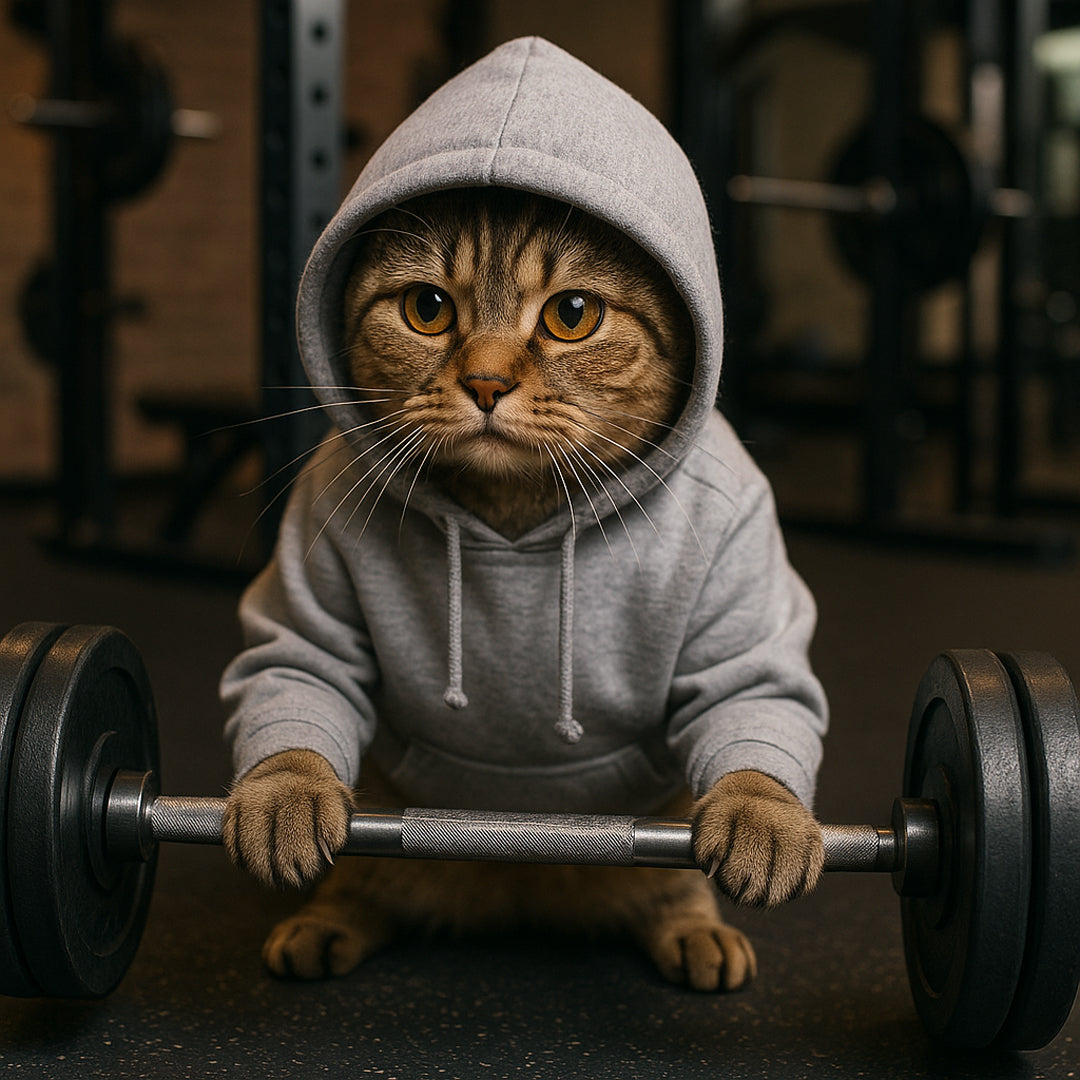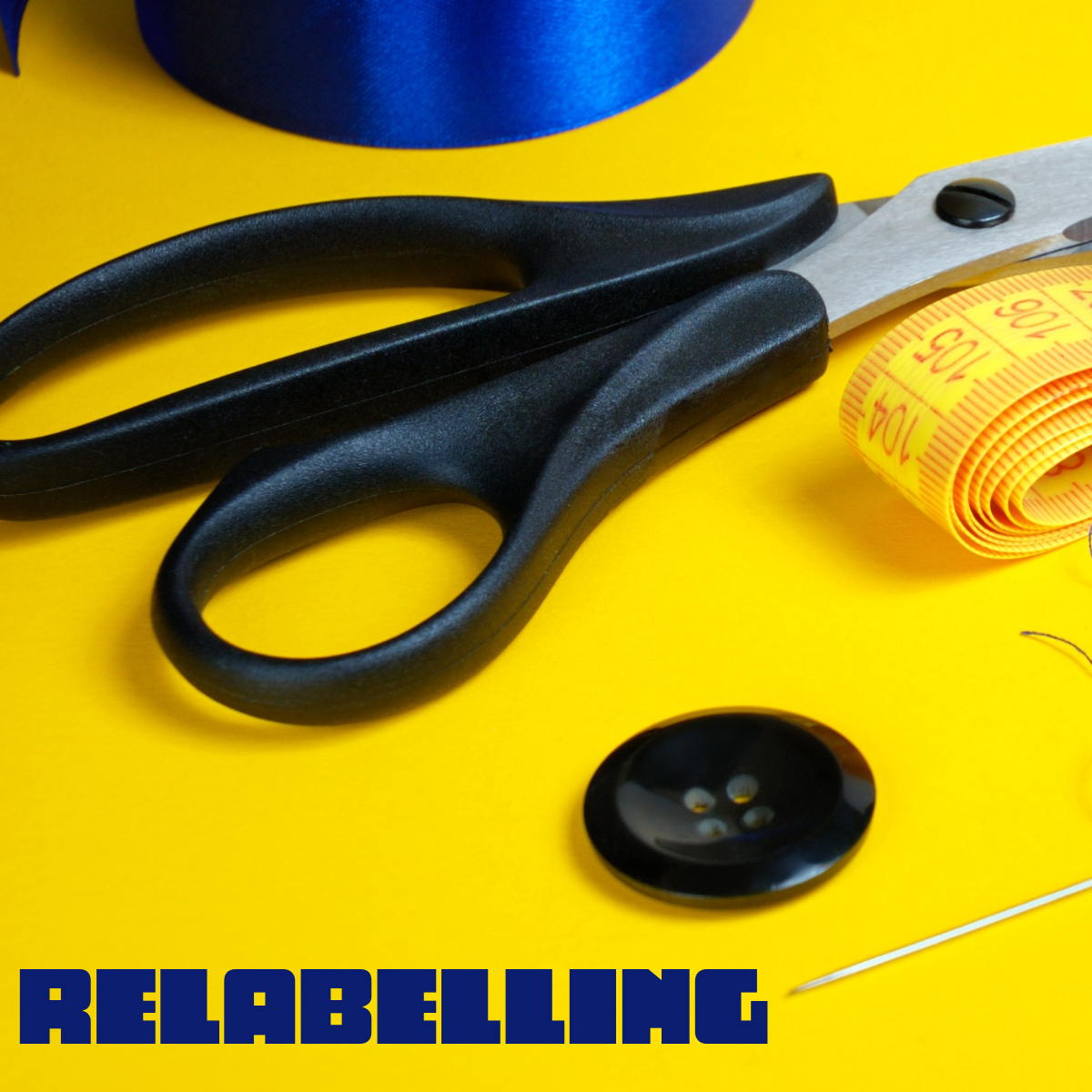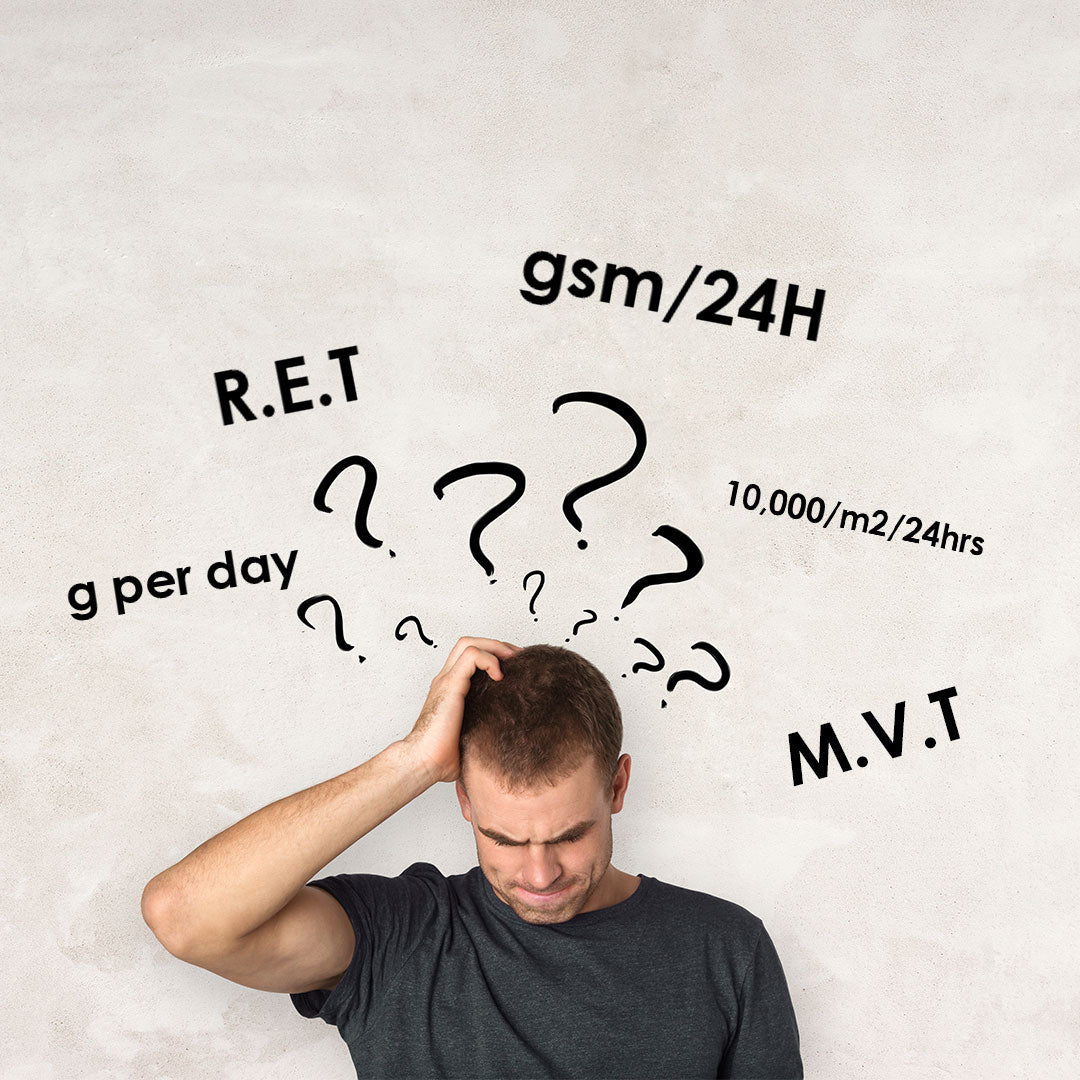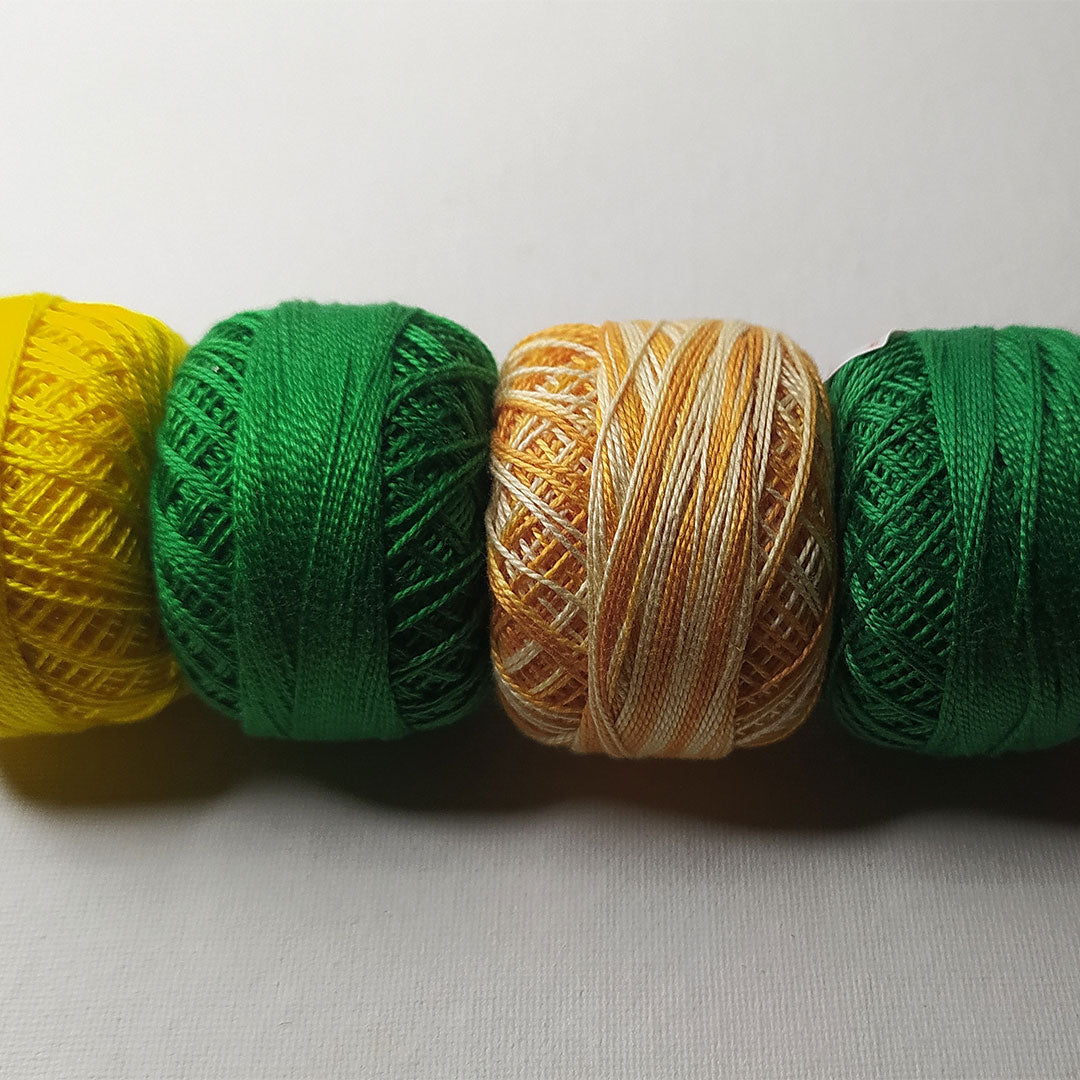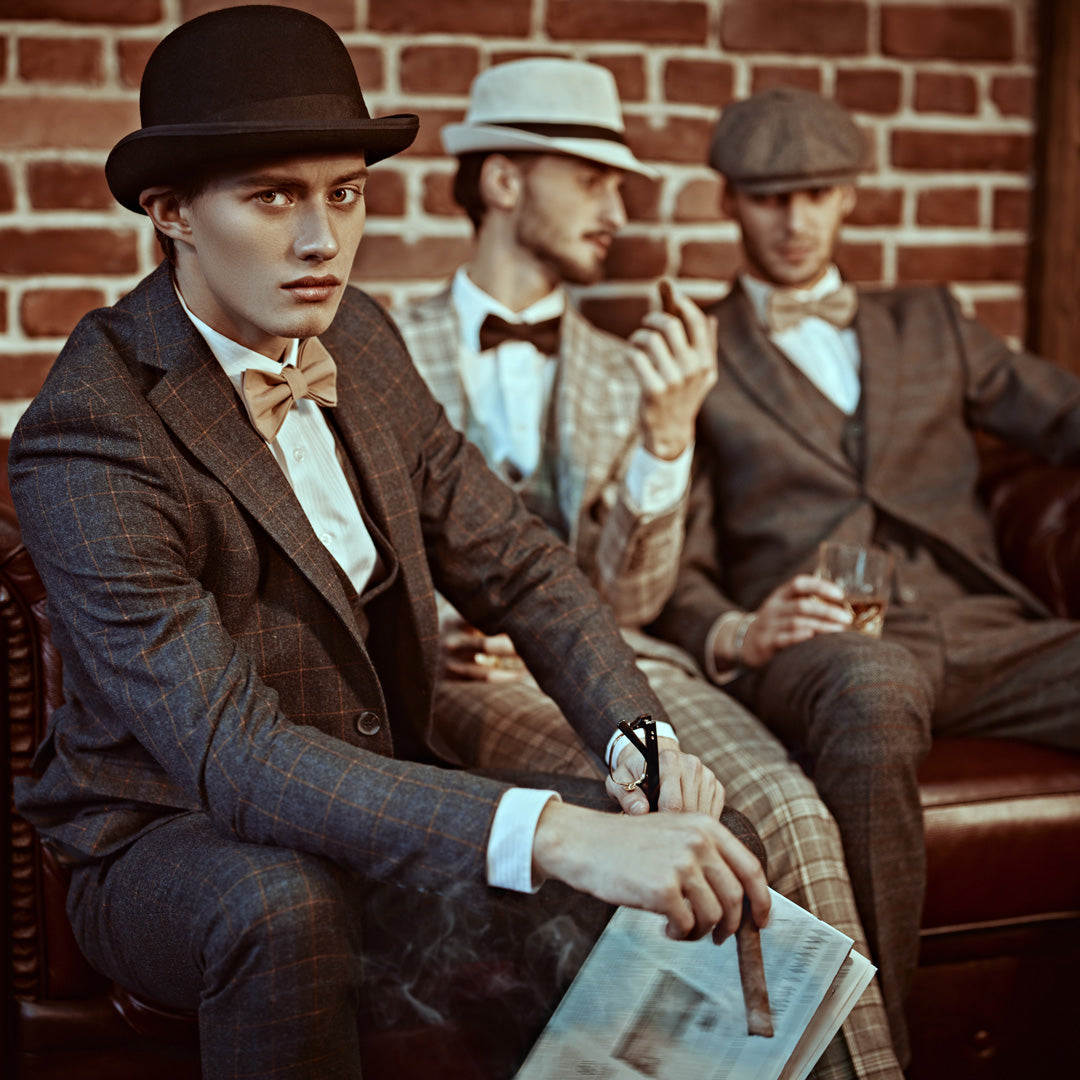
Uniform vs. Retail Garments | What's the difference?
When we're talking about clothing, it might seem like it's all the same, whether we call the clothing "uniforms" or not. But when you dive in, there are actually a number of differences between clothing designed for retail clothing brands & stores and clothing designed for uniforms.
Let's have a closer look at some of the differences...
Not all garments are created equal
Let's start with the pace of retail fashion. It's like a merry-go-round that's always spinning. New styles arrive every other week!
Sure this is exciting, especially if you love buying new clothing. But it comes at a cost.
In order to keep up with the pace of new styles always arriving, corners need to be cut & the end product often suffers. Limited time can be spent on fabric sourcing & pattern development which means that garment fit & quality can sometimes not be great.
But clothing designed for use as a uniform doesn't suffer the same churn as retail clothing. Uniforms aren't designed to chase the latest fashion trend. They are designed for longevity & continuity, which means more thought & time goes into making them.
Materials are chosen & garments are constructed with the knowledge that they will be worn & laundered frequently. Far more often then regular retail clothing.
Most of us spend the majority of the week in work clothes. So it makes sense that if you're wearing something 5 days a week you want it to last.
Ongoing style availability
Then there's the whole issue of finding the same style again in the future. Imagine creating the perfect uniform, kitting out your team & then going back a few weeks later to find the items you selected have sold out.
Those of you buying work clothes for yourself will know the frustrating tale:
You search & search until finally - success! You’ve found the perfect pair of work pants. You wear them all year & return to the same store the next year for a refresh.
But disaster strikes - the store doesn't sell them anymore. Worse still, none of the pants in the store fit like they did last season.
You’re back to square one, searching for a great work pant.
Uniforms are designed to eliminate this issue as the majority of uniform styles have ‘ongoing availability’. Which means they will be available well into the future, at all times of the year.
More sizing options
Uniforms generally get points for size inclusivity. For the most part they offer a range of sizing from very small to very large in the same style. Something that's not usually available in your average retail store.
This means your whole team can easily be decked out in the same clothing.
Furthermore, while less common sizes often attract a much higher price point in the retail world, in the uniform world, they don’t.
More colour options
Retail stores generally offer products in the ‘on trend' colours of the moment. Which means colour availability changes often.
But what if you need a colour that is a bit less common? It can be incredibly hard to find a garment in a specific colour in a retail store if that colour isn't "popular" at the moment. Not to mention if you need a garment in two colours ie. a polo that comes in black/fluoro green or purple/white.
Uniform companies create a range of products in a range of different colours. Often designed to be coordinated with other items. So there are often tee shirts that match polo tops that match sports jackets. Or business shirts that match knit tops. Meaning your team has lots of options to choose from, all in the same colour.
Available all year round
Retail stores are generally stocked seasonally. Which means, if it's Summer where you live, but you are about to take a trip to somewhere cold, you won't be able to buy a warm jacket.
Uniform clothing isn't seasonal. All styles are available all year around. So if you're looking for a singlet in winter or a warm jacket in summer you'll always be able to get your hands on something.
Uniforms come without brand logos... so you can add your own
This one is pretty straightforward, although people don’t always think of it.
Retail garments often come with brand logos. These logos are generally placed in the premium branding position. Making it difficult to add your own branding as the brand logo already occupies the premium branding space. For the most part it's impossible to remove existing logos or place new logos over the top.
If you’re a business or team, you want what you’re wearing to be promoting your brand & not someone else's.
That is why uniform clothing is made with minimal or no branding. That way you can add your own logo - no fuss.
Uniforms are constructed so they can be branded
This means they often have special access points for embroidery & they are made out of fabrics that are perfect for adding custom branding.
This is not the case for your average retail garment. Retail clothing isn't designed to be branded, so issues can arise when trying to add logos.
This biggest issue is items with lining, like jackets & vests. Retail clothing doesn't have access points to allow branding machinery in. Which means the finish won't be as nice when compared to a garment that does have access points.
Another issue with branding retail clothing is often the fabric itself. It isn't designed to support the high temperatures & pressure needing for printing. In some instances the fabric can simply be too thin. This can cause damage to the garment & the branding machinery.
Uniform clothing is usually cheaper
Stripped of the retail branding & massive marketing budgets, uniform garments are often less expensive than their like for like retail counterparts. When quality, longevity & availability is factored in, then the value proposition of uniforms is undeniable.
As uniforms are usually sold in bulk lots, with a product design life cycle that stretches out over years rather than weeks, the manufacturing set up & investment costs are much lower on a per unit basis.
But, sometimes retail clothing might be OK
Of course there are times when retail clothing might do the trick
If...
- You won't be needing to buy it again in the future
- You got the clothing super cheap & you don't care how it looks or how long it will last
- You won't be adding new staff in the future
- You don't care how your branding will look on it or you don't intend to add branding.
Easy Explainers | Load Up On Learnings
- Choosing a selection results in a full page refresh.
Footer menu
House of Uniforms
Office & Showroom: (appointments essential)
4 Walter Street, Moorabbin 3189, Victoria, Australia
T: 03 95557797
E: info@houseofuniforms.com.au
Please contact us to make an appointment.
Want Deals & FREE Stuff?
Deals & Freebies
are for our amazing subscribers only.
_____________________________
Sorry there's NO Auto :
- free shipping coupons,
- 10% intro vouchers
- Or any other generic offers
Why Subscribe? Well, we love spoiling our subscribers, we're known to be very generous. So go ahead hit subscribe; You'll love being part of our exclusive group.
Don't want to Subscribe? That's totally fine. You can still shop with us, you just won't receive any special offers, deals or freebies.
Bulk Discounts are for everyone (subscribed or not).
© 2026, House of Uniforms Powered by Shopify
!


